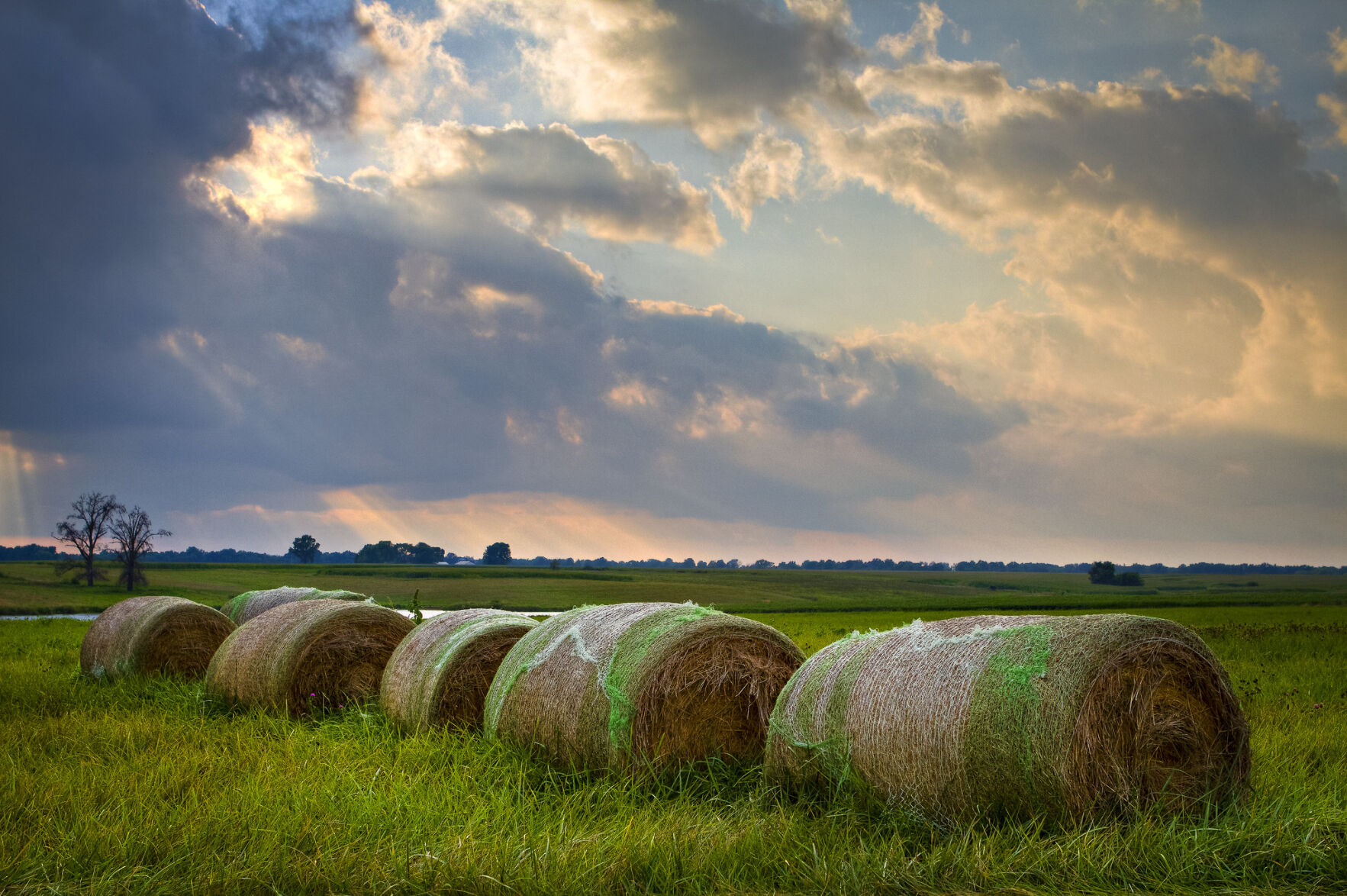State-By-State Hay Summary

Colorado—In the Sept. 26 report, trade activity and demand light. No comparable trades to last week’s report. According to the NASS, Colorado Crop Progress Report for week ending Sept. 21, alfalfa third cutting 73%, fourth cutting 18%. Stored feed supplies were reported as 1% very short, 5% short, 74% adequate, and 20% surplus. Corn harvested for silage is 52%.
Missouri—In the Sept. 26 report, compared to last report, hay prices are steady to weak. The supply of hay is moderate to heavy, and demand is light. The official arrival of fall was joined with much needed moisture over the last week. Cooler temperatures along with the moisture has provided renewed hope for fall pastures as long as there isn’t any early frost. There continues to be more hay advertised and offered for sale each day, but sellers are finding only minimal interest as most everyone in the state has ample supplies currently.
Nebraska—In the Sept. 26 report, compared to last report, hay prices steady. Dehydrated and sun-cured alfalfa pellets steady. Ground and delivered hay in the Platte Valley steady.
Oklahoma—In the Sept. 27 report, compared to the last report, drought continues to grow and needs timely rain across Oklahoma. The point where the grass has stopped growing has been reached, and producers are beginning to count hay bales to prepare for fall and winter. Even with the drought, the hay trade is at a standstill. Oklahoma continues to see hay prices drop again this week. Next report will be released Oct. 11.
Texas—In the Sept. 20 report, compared to last report, hay prices are weak across all regions, with up to $10 lower in the north, south, and Panhandle. Hay movement and demand remain limited. Good rains have fallen in the north and east and there is a lot of hay on the market in those regions. Early rains in the south delayed first cutting in there, which has pushed back second cutting and some third across the region. Winter wheat has mostly been planted in the Panhandle, but more rain is needed to help the emerging crop. Next report will be released Oct. 4.
South Dakota—In the Sept. 27 report, compared to last report, another week of low demand and minimal hay and straw sales, According to the U.S. Drought Monitor website South Dakota is still faced with 70% of the state in drought conditions.
New Mexico—In the Sept. 27 report, compared to last week, hay is steady, demand is light with not much movement. According to New Mexico Crop Progress with the National Agricultural Statistics Services on Sept. 22, alfalfa hay is in the fourth cutting with 95% complete, fifth cutting 67% complete sixth cutting is 2% complete.
Wyoming—In the Sept. 26 report, compared to the last report, hay trade activity and demand light with no comparable trades from the prior week. Cubes and pellets sold steady.
Montana—In the Sept. 27 report, compared to last report, hay sold mostly steady. New crop hay continues to see slow movement. Hay sales in Northern Montana remain higher than sales in central and southern Montana. Several northern sales were picked up this week. Warm weather and recent rains have greened some locations and allowed for lots of fall regrowth. This could make an impact on feed demand depending on winter grazing conditions. A few old crop hay sale continue to show up and most of this class of hay is moving at steady money. Much of the central portions of the state are starting on third and report that conditions look excellent. Some reports of chopping third have been reported in central Montana as producers are opting to sell hay to feedlots as haylage instead of baling it up.



